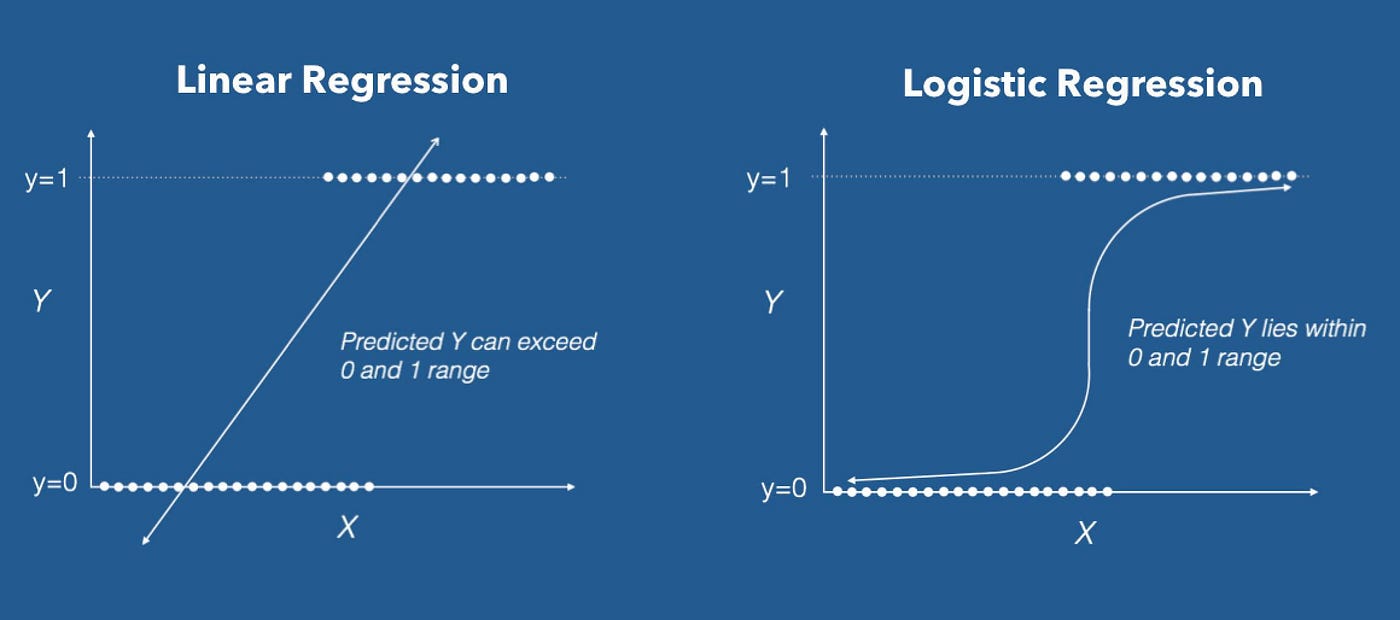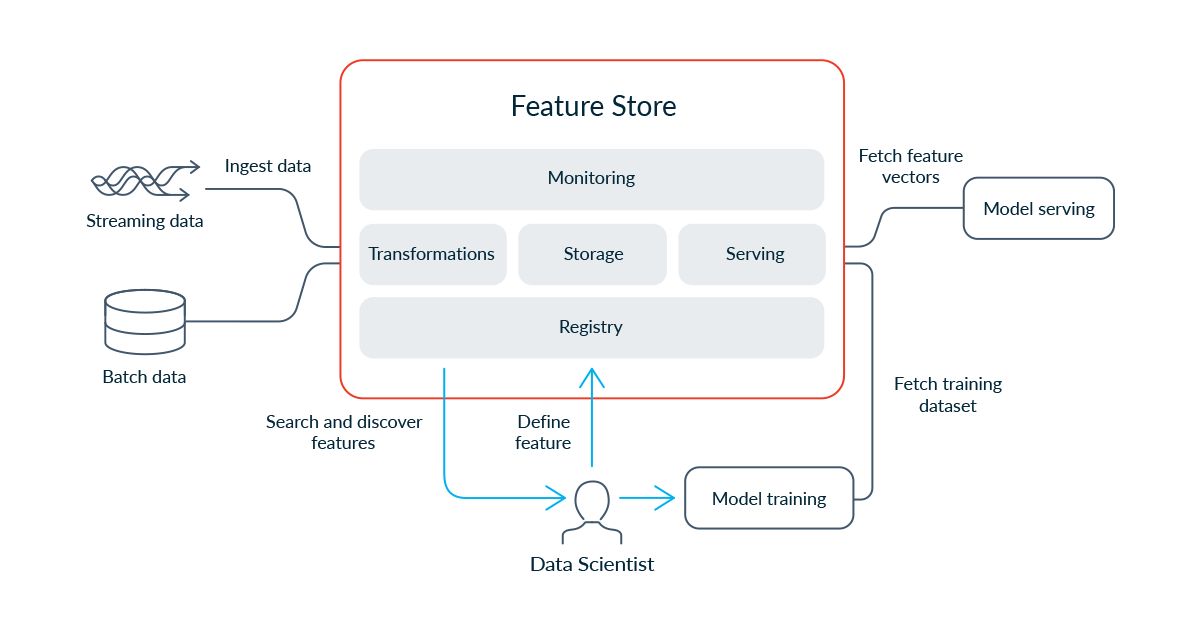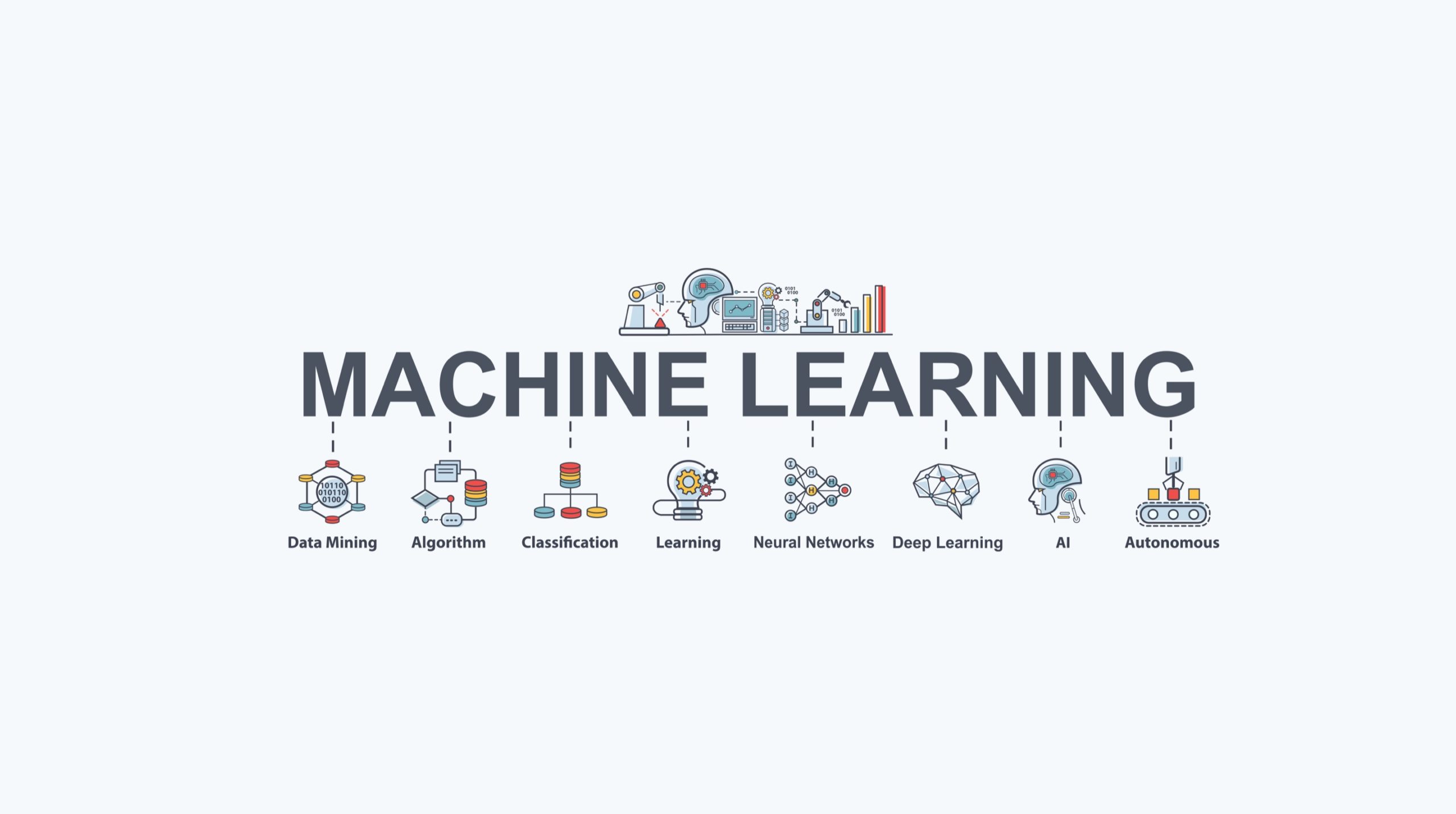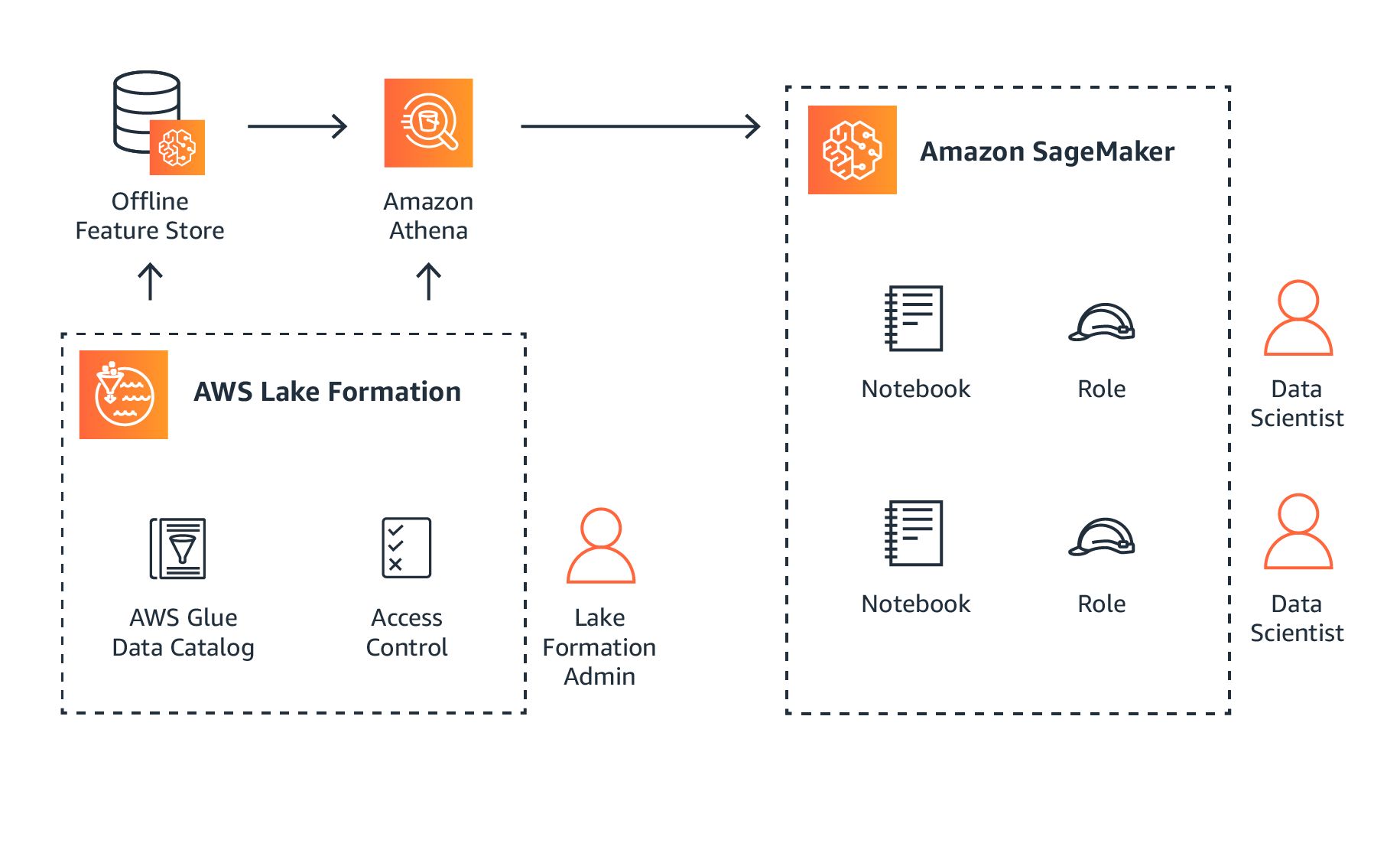Introduction
Welcome to the world of machine learning! In this rapidly evolving field, one of the key concepts you’ll come across is the cost function. Whether you’re a beginner or an experienced practitioner, understanding the role and importance of cost functions is crucial in building effective machine learning models. In this article, we’ll delve into the intricacies of cost functions, exploring what they are, why they matter, and how they impact the learning process.
At its core, machine learning aims to develop algorithms that allow computers to learn and make predictions or decisions without being explicitly programmed. This is done by analyzing and identifying patterns in large datasets. However, the learning process is not as straightforward as it may seem. To train a machine learning model accurately, we need a way to measure how well it’s performing. This is where cost functions come into play.
A cost function, also known as a loss function or objective function, quantifies the difference between the predicted output of the model and the actual output. It provides a measure of how well the model is currently performing. By calculating the cost at each iteration of the learning process, the model can adjust its parameters to minimize this cost, ultimately improving its predictive accuracy.
Cost functions are a fundamental component in the optimization process of machine learning algorithms. Their primary goal is to find the best set of parameters or weights that minimize the difference between the predicted and actual outputs. This process is often referred to as training or fitting the model to the data. In essence, the cost function acts as a guide, steering the model towards finding the optimal solution.
The choice of a suitable cost function depends on the specific problem at hand. Different problems require different cost functions to capture the unique characteristics and objectives of the task. For example, in a binary classification problem, where the aim is to classify input data into one of the two classes, a common cost function used is the binary cross-entropy loss.
Understanding the role and characteristics of different cost functions is essential for designing effective machine learning models. Choosing the appropriate cost function can have a significant impact on the model’s performance and training process. In the following sections, we will explore various types of cost functions commonly used in different machine learning scenarios, providing insights into their advantages, limitations, and considerations for selection.
Definition of a Cost Function
A cost function, also known as a loss function or objective function, is a mathematical formula that quantifies the difference between the predicted output of a machine learning model and the actual output. It serves as a measure of how well the model is currently performing.
The cost function takes the input data, along with the model’s parameters or weights, and produces a single scalar value that represents the discrepancy between the model’s predictions and the ground truth. The goal of training a machine learning model is to minimize this cost function by adjusting the parameters to improve the model’s accuracy and predictive power.
The choice of a specific cost function depends on the nature of the problem at hand. Different types of problems require different cost functions to effectively capture the nuances and objectives of the task.
For example, in regression problems, where the goal is to predict a continuous value, a common cost function used is the mean squared error (MSE). It calculates the average of the squared differences between the predicted and actual values, providing a measure of how well the model is fitting the data.
In contrast, in classification problems, where the aim is to classify data into distinct classes, various cost functions can be used. One popular choice is the binary cross-entropy loss, which quantifies the difference between the predicted probabilities and the true labels for each class. Another commonly used cost function for multi-class classification problems is the categorical cross-entropy loss.
It’s important to note that the selection of a cost function is often influenced by the characteristics of the problem and the desired outcomes. Some models may perform better with certain cost functions due to their ability to handle specific patterns or biases in the data.
Furthermore, in addition to its role in model training, the cost function also plays a crucial role in evaluation and monitoring. By calculating the cost on a separate validation set or during the testing phase, we can assess the model’s generalization and performance on unseen data.
In the next sections, we will explore the different types of cost functions commonly used in machine learning and delve into their specific characteristics, advantages, and considerations for selection.
Importance of Cost Functions in Machine Learning
Cost functions play a critical role in the training and optimization process of machine learning models. They provide a measure of how well the model is performing and guide the learning algorithm to find the optimal set of parameters. Here, we explore the importance of cost functions in machine learning and their impact on model performance.
One of the primary reasons for the importance of cost functions is their ability to quantify the error or discrepancy between the model’s predictions and the actual outcomes. By evaluating the cost at each iteration of the learning process, the model can make adjustments to minimize this discrepancy and improve its performance over time.
Moreover, cost functions enable the comparison of different models or variations of the same model. By measuring the cost on a validation set or during testing, we can objectively assess and compare the predictive accuracy of different models. This evaluation is essential in determining the most suitable model for a particular problem.
Cost functions also serve as a feedback signal to guide the learning algorithm. By computing the gradient of the cost function with respect to the model’s parameters, the algorithm can determine the direction and magnitude of parameter updates that lead to cost reduction. This process, known as gradient descent, is widely used in optimization algorithms to iteratively refine the model’s parameters.
Furthermore, the choice of a suitable cost function depends on the specific characteristics of the problem. Different types of problems require different cost functions that align with the desired objectives of the task. For example, in anomaly detection, where the goal is to identify rare or unusual data points, a cost function that penalizes deviations from the normal pattern would be appropriate.
Additionally, cost functions help in managing trade-offs between different aspects of model performance. For instance, in classification problems, there is often a trade-off between minimizing false positives (misclassifying a negative sample as positive) and false negatives (misclassifying a positive sample as negative). A well-designed cost function can reflect the appropriate balance between these two types of errors.
Overall, cost functions are vital in machine learning as they provide a quantitative measure of model performance, guide the learning algorithm towards optimal solutions, enable model comparison and selection, and help manage trade-offs. Understanding the importance and characteristics of different cost functions is crucial for effectively building and optimizing machine learning models.
Types of Cost Functions
Cost functions come in various types, each suited for different machine learning scenarios and objectives. Understanding the different types of cost functions is essential for selecting the most appropriate one for a given problem. In this section, we explore some commonly used types of cost functions in machine learning.
- Mean Squared Error (MSE): MSE, also known as the L2 loss, is widely used in regression problems. It calculates the average of the squared differences between the predicted and actual values. This cost function emphasizes larger errors, making it suitable when the goal is to minimize the overall deviation between predictions and true values.
- Mean Absolute Error (MAE): The MAE, or L1 loss, is another popular cost function for regression problems. It calculates the average of the absolute differences between predicted and actual values. Unlike MSE, MAE treats all errors equally, making it robust to outliers. MAE is useful when the focus is on minimizing the median error and is less affected by extreme values in the data.
- Binary Cross-Entropy Loss: Binary cross-entropy loss is commonly used in binary classification problems. It measures the difference between predicted probabilities and true labels for each class. This cost function penalizes larger deviations, effectively adjusting the model to converge towards accurate predictions.
- Categorical Cross-Entropy Loss: Categorical cross-entropy loss is suitable for multi-class classification problems. It extends binary cross-entropy to handle multiple classes by calculating the average loss over all classes. This cost function encourages the model to assign higher probabilities to the correct class while penalizing deviations from the true labels.
- Hinge Loss: Hinge loss is commonly used in binary classification problems, particularly in support vector machines (SVM). It encourages correct classification by penalizing misclassifications. Hinge loss is particularly useful when dealing with linearly separable data and aims to maximize the margin between different classes.
- Log Loss: Log loss, also known as logistic loss or cross-entropy loss, is used in logistic regression and other probabilistic models. It measures the difference between predicted probabilities and true labels. Log loss is suitable for binary as well as multi-class classification problems and encourages the model to assign higher probabilities to the correct class.
These are just a few examples of commonly used cost functions in machine learning. There are many other specialized cost functions available depending on the problem’s characteristics and specific requirements. It’s crucial to carefully select the appropriate cost function that aligns with the objectives of the task and the underlying data.
Popular Cost Functions in Machine Learning
Machine learning encompasses a wide range of techniques and applications, and as a result, various cost functions have been developed to cater to different scenarios. In this section, we’ll explore some popular cost functions widely used in machine learning.
- Mean Squared Error (MSE): MSE is one of the most prevalent cost functions used in regression problems. It computes the average of the squared differences between the predicted and true values. MSE penalizes larger errors more heavily, making it suitable for models that aim to minimize overall deviation.
- Mean Absolute Error (MAE): MAE, also known as the L1 loss, is another frequently employed cost function for regression tasks. It calculates the average of the absolute differences between the predicted and actual values. Unlike MSE, MAE treats all errors equally, making it more robust to outliers in the data.
- Cross-Entropy Loss: Cross-entropy loss is widely used in classification problems, both binary and multi-class. It measures the difference between predicted probabilities and true labels. Binary cross-entropy loss is commonly used in logistic regression, where it encourages the model to assign higher probabilities to the correct class. Categorical cross-entropy loss extends this concept to multi-class problems, penalizing misclassifications across all classes.
- Hinge Loss: Hinge loss is commonly employed in support vector machines (SVMs) for binary classification tasks. It aims to maximize the margin between different classes by penalizing misclassifications. Hinge loss is particularly effective for linearly separable data, and SVMs leverage this cost function to find optimal decision boundaries.
- Log Loss: Log loss, also known as logistic loss or cross-entropy loss, is a popular cost function used in logistic regression and other probabilistic models. It measures the difference between predicted probabilities and true labels. Log loss is applicable to both binary and multi-class classification problems, encouraging the model to assign higher probabilities to the correct class.
These are just a few examples of popular cost functions in machine learning. The choice of a specific cost function depends on the problem’s characteristics, the nature of the data, and the objectives of the task. It’s important to carefully consider the properties and limitations of each cost function and select the one that best aligns with the requirements of the problem.
How to Choose the Right Cost Function
Choosing the right cost function is vital for building effective machine learning models. The selection process involves considering the problem’s characteristics, the nature of the data, and the desired objectives. Here are some key factors to consider when choosing the appropriate cost function:
- Problem Type: Understand the problem and determine whether it’s a regression or classification task. Regression problems typically use cost functions like mean squared error (MSE) or mean absolute error (MAE). On the other hand, classification problems require binary cross-entropy loss, categorical cross-entropy loss, or hinge loss.
- Data Distribution: Examine the distribution of the data. If the data contain outliers, MAE might be a better choice than MSE, as it is less influenced by extreme values. Additionally, if the data follow a categorical or probability distribution, cross-entropy loss functions are more appropriate.
- Objective: Understand the specific objectives of the task. Different cost functions prioritize different aspects. For example, if you want to minimize false positives and false negatives equally in a classification problem, the F1 score or the area under the precision-recall curve might be more suitable than traditional cost functions.
- Model Interpretability: Consider the interpretability of the model. Some cost functions might lead to more interpretable models than others. For instance, logistic regression with log loss produces probabilities that can be easily interpreted.
- Availability of Labeled Data: Evaluate the availability of labeled data. Some cost functions, like cross-entropy loss in classification problems, require labeled data for training. If labeled data is scarce, unsupervised learning approaches or alternative cost functions should be considered.
- Domain Knowledge: Incorporate domain knowledge and expertise into the decision-making process. Understanding the unique characteristics, requirements, and challenges of the specific field can inform the choice of an appropriate cost function.
It’s important to note that the choice of the cost function is not always straightforward and may require experimentation and iterative refining. By gaining experience and testing different cost functions, you can identify the one that yields the best results for the specific problem.
Ultimately, selecting the right cost function involves a careful analysis of various factors, including the problem type, data distribution, objectives, interpretability, available labeled data, and domain knowledge. By considering these factors, you can make an informed decision and choose the most suitable cost function for your machine learning model.
Optimization Techniques for Cost Functions
Once a suitable cost function is chosen, the next step is to optimize it to find the best set of model parameters that minimize the cost. Optimization techniques play a crucial role in this process. Here, we explore some commonly used optimization techniques for cost functions in machine learning.
- Gradient Descent: Gradient descent is one of the most popular optimization algorithms used in machine learning. It iteratively updates the model parameters in the direction of the steepest descent of the cost function. By computing the gradient of the cost function with respect to the parameters, gradient descent adjusts the parameters in small steps, gradually reducing the cost over multiple iterations.
- Stochastic Gradient Descent (SGD): Stochastic gradient descent is a variant of gradient descent that randomly selects a subset of training samples, called a mini-batch, to compute the gradient and update the parameters. SGD is computationally efficient and particularly useful when dealing with large datasets. It introduces randomness, which helps in escaping local minima and can often lead to faster convergence.
- Adam: Adam (Adaptive Moment Estimation) is an adaptive learning rate optimization algorithm commonly used in neural networks. It combines the advantages of both SGD and momentum-based methods to achieve fast and efficient convergence. Adam adapts the learning rate for each parameter based on the first and second moments of the gradients, making it robust and effective in a wide range of optimization problems.
- Newton’s Method: Newton’s method is an iterative optimization algorithm that uses the second-order derivative, known as the Hessian matrix, to update the model parameters. It converges faster than gradient descent methods but requires computing and inverting the Hessian matrix, which can be computationally expensive for large-scale problems.
- Conjugate Gradient: Conjugate gradient is an iterative optimization technique that solves linear systems of equations without explicitly calculating the Hessian matrix. It combines the benefits of gradient descent and Newton’s method, offering a compromise between the computational efficiency of gradient methods and the convergence speed of Newton’s method.
- LBFGS: Limited-memory Broyden-Fletcher-Goldfarb-Shanno (LBFGS) is a popular optimization algorithm that approximates the Hessian matrix using limited memory. It is particularly useful when dealing with large-scale problems, as it avoids the need for explicitly calculating and storing the full Hessian matrix.
These are just a few examples of optimization techniques used with cost functions in machine learning. The choice of the optimization technique depends on factors such as the problem complexity, data size, and computational resources available. Iterative optimization algorithms like gradient descent variants and adaptive optimization methods like Adam are commonly employed due to their effectiveness and scalability.
Understanding these optimization techniques and experimenting with different algorithms can help improve model convergence and achieve better performance on the chosen cost function.
Conclusion
Cost functions are a fundamental component in machine learning, playing a critical role in training and optimizing models to achieve accurate and reliable predictions. By quantifying the discrepancy between predicted and actual outputs, cost functions guide the learning process, enabling models to improve their performance iteratively.
In this article, we explored the definition and importance of cost functions in machine learning. We discussed different types of cost functions, such as mean squared error, cross-entropy loss, hinge loss, and more, which are commonly used in regression and classification tasks. We also highlighted how to choose the right cost function, taking into consideration factors like problem type, data distribution, objectives, and domain knowledge.
Furthermore, we delved into popular optimization techniques, including gradient descent, stochastic gradient descent, Adam, Newton’s method, conjugate gradient, and LBFGS, which are essential for minimizing cost functions and finding optimal model parameters.
Choosing the appropriate cost function and employing effective optimization techniques are crucial steps in building successful machine learning models. By understanding the characteristics, advantages, and limitations of different cost functions, and by implementing suitable optimization algorithms, you can enhance model performance and achieve better results for your specific problem.
As the field of machine learning continues to advance, the exploration and development of new cost functions and optimization techniques will undoubtedly expand. Continual learning and experimentation, coupled with a solid understanding of the principles discussed in this article, will empower you to build innovative and high-performing machine learning models.

























